Blog Post
National Baselines for Integrated Implementation of an Environmental Sustainable Development Goal Assessed in a New Integrated SDG Index
Aug 26, 2020
Abstract:
Most indicator-based assessments of progress on the Sustainable Development Goals (SDGs) focus on identifying priorities for implementation. However, once priorities are established, policymakers are called to implement them in an integrated way which requires progress not just on a Goal’s targets (siloed approach) but also progress in interrelated policy areas. To assess baselines for integrated implementation, this article introduces a new family of SDG index based on a Goal’s targets and first-order interrelations with other goals that divides targets linked to the prioritized or focal SDG into pressure, impact, and response components. Focusing on an application to SDG14, the conservation and sustainable use of marine resources, an important priority for many small island developing states, the article develops an integrated SDG14 (I-SDG14) index based on an international study of SDG14 interlinkages with indicators selected from SDSN’s global indicator set for all island states with sufficient data available for the year 2018 (or most recent available). While all island states assessed face challenges on SDG14, top-performers in terms of I-SDG14 (United Kingdom, New Zealand, Japan, Ireland and Iceland) tend to face greater challenges on pressures, primarily reflecting their performance on targets related to SDGs 2, 12, 13 and 15, whereas bottom-performers (Timor-Leste, Vanuatu, Haiti, Jamaica and Comoros) tend to face greater challenges on responses, i.e., country capacities to influence SDG14, owing to their status on targets related to SDGs 4, 9, 16 and 17. In particular, country scoreboards, “traffic-light” visual representation of performance, and radar-diagrams are used to investigate country-level strengths and challenges for integrated implementation. The proposed index offers a useful starting point to frame discussions with different stakeholders around integrated approaches to implementation and can be flexibly applied to other SDGs and contexts. The article concludes with several suggestions for future research aimed at improving integrated assessments for the SDGs.
Download
SIGN UP FOR SDSN UPDATES
Get our latest insights, opportunities to engage with our networks, and more.

SDSN mobilizes global scientific and technological exertise to promote practical solutions for sustainable development, including the implementation of the Sustainable Development Goals (SGDs) and the Paris Climate Agreement.
Paris
19 rue Bergère
75009 Paris
France
+33 (0) 1 84 86 06 60
New York
475 Riverside Drive
Suite 530
New York NY 10115 USA
+1 (212) 870-3920
Kuala Lumpur
Sunway University
Sunway City Kuala Lumpur
5 Jalan Universiti
Selangor 47500
Malaysia
+60 (3) 7491-8622
Designed by
Northeast Kingdom Online. Powered by
NEKO|360.
